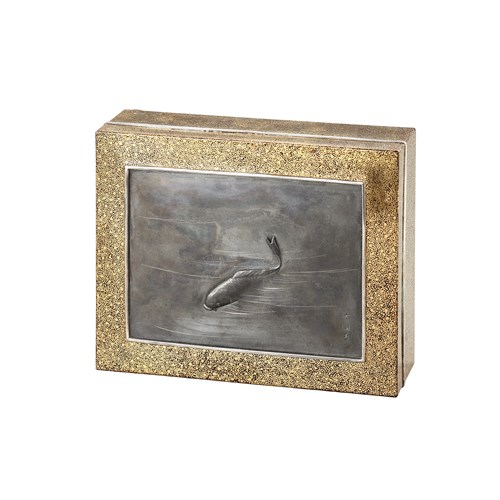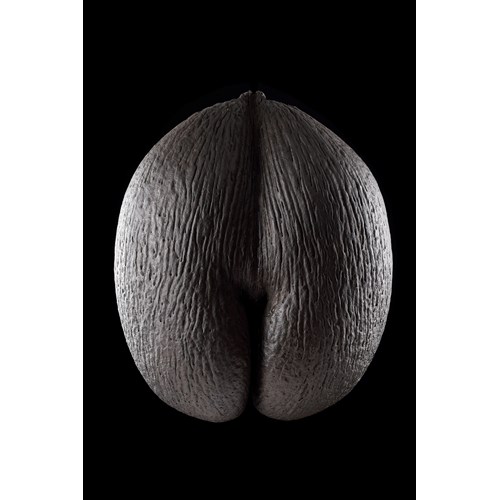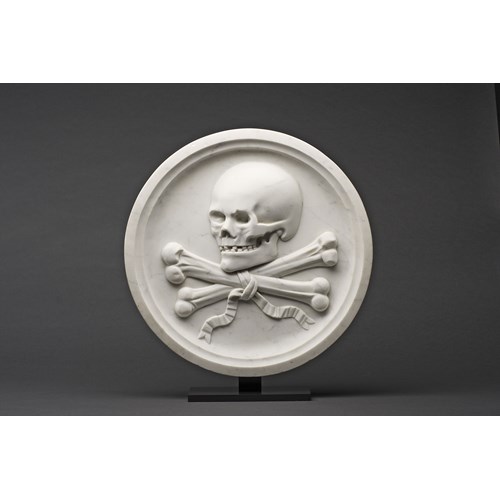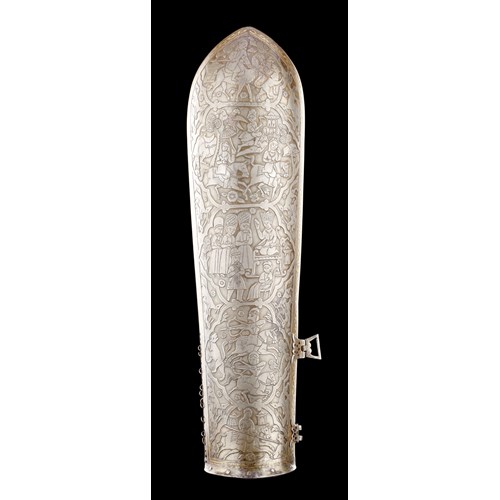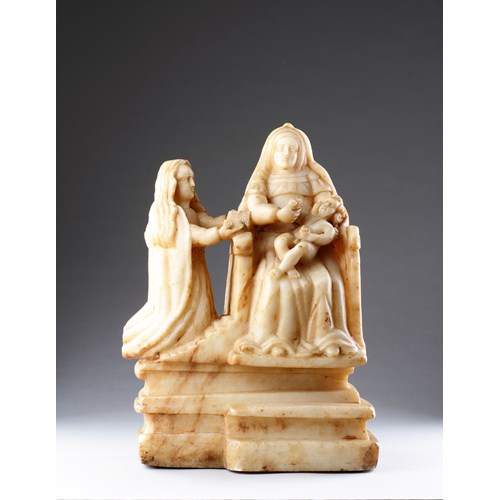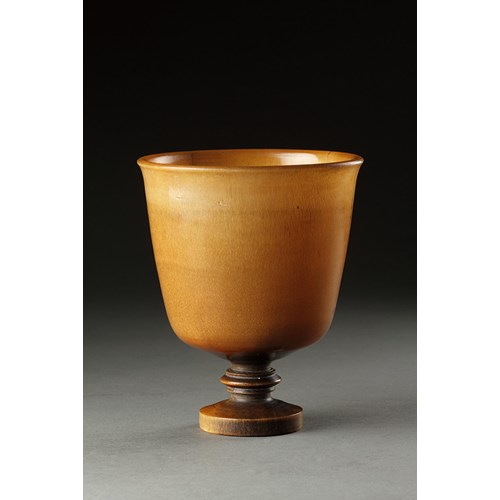Large Napoleonic Prisoner of War Carved Bone Working Model of the French Revolutionary Guillotine
Period 1700-1900
Origin England
Medium Wood, Tortoiseshell, fibre, Bone
Period: 1700-1900
Origin: England
Medium: Wood, Tortoiseshell, fibre, Bone
Literature: The guillotine was the invention of a French physician and revolutionary Joseph Iguace Guillotin (1738-1814). He proposed, as Deputy that the Constituent Assembly should use a decapitating instrument as a means of swift execution. This was adopted in 1791 and the machine named after him.
During the Napoleonic Wars over one hundred thousand prisoners were held captive in Britain and many of them supplemented their meagre rations by earning money from selling objects carefully carved from the bones of their mutton stew. At Norman Cross near Peterborough the camp kitchen cooked the stew in a cauldron five feet across and three feet deep. The bone would be collected and submerged in wet clay until it became pliable enough to use. Encouraged by the authorities, the prisoners formed artisan guilds and produced articles such as this guillotine, which they would sell in the civilian market periodically held at the camp. Occasionally, a particularly skilled artist would be privately commissioned to carve a work. Access to material was restricted and often their collection of sheep and beef bones ran out so they would supplement their supplies with human bones uncovered by roving pigs in the shallow graves clustered around the camp.
From 1796 to 1816 ten thousand men were held at the camp at Norman Cross near Peterborough. Many of them learnt English, some married local girls and a few through making and selling products of their skill amassed small fortunes by the end of the war.
More artworks from the Gallery




